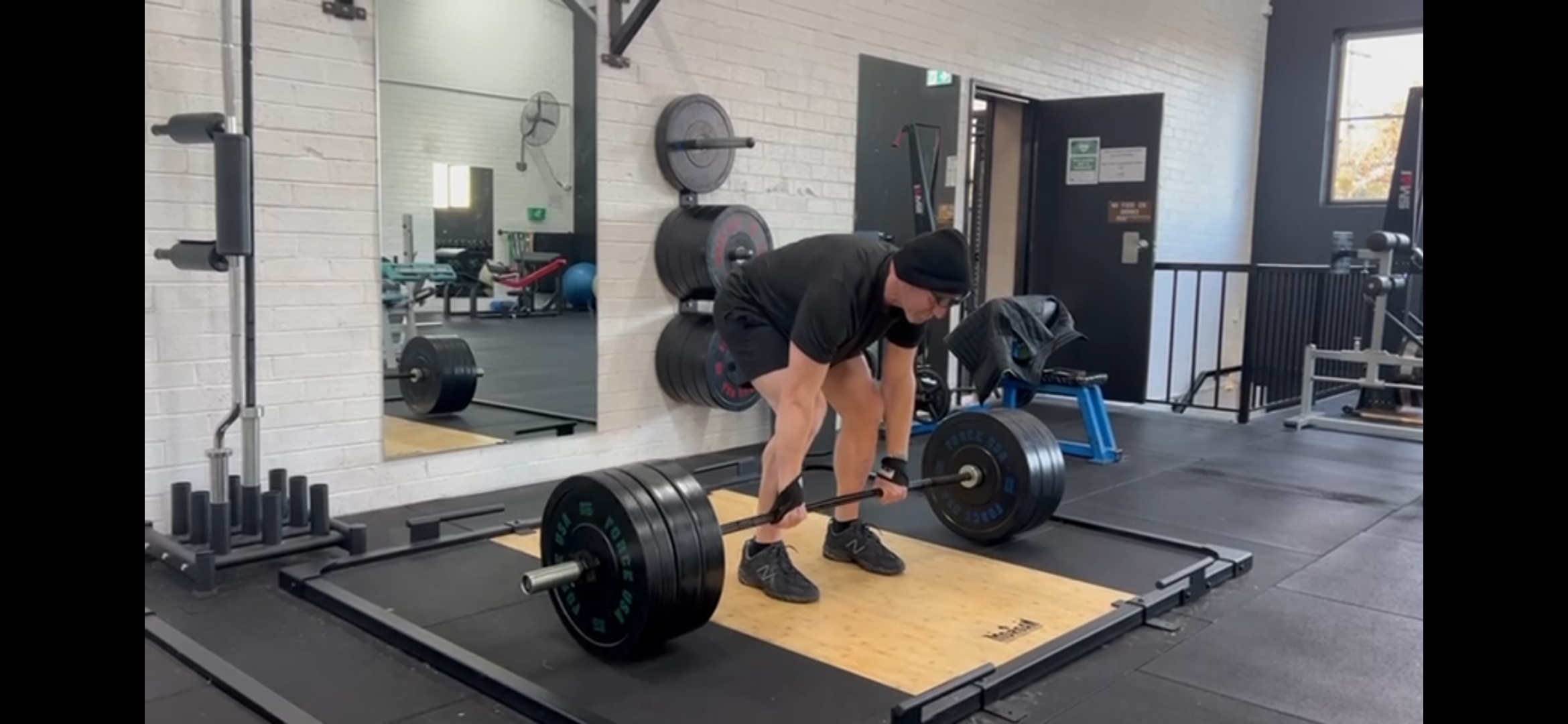
It’s a common misconception that intense physical training is reserved for the young. Many people believe that once you hit middle age or reach your senior years, it’s time to slow down, limit physical activity, and abandon any notion of rigorous exercise. This myth couldn’t be further from the truth. In reality, people can and should engage in intense physical training at any age, reaping numerous health benefits along the way.
The Reality of Aging and Exercise
The notion that our bodies are incapable of handling intense physical activity as we age is not only false but also detrimental. Studies have shown that regular, intense exercise can significantly improve the quality of life for middle-aged and elderly individuals. While it’s true that our bodies undergo changes as we age—such as reduced muscle mass, decreased bone density, and slower metabolism—these changes do not mean we must resign ourselves to a sedentary lifestyle. On the contrary, engaging in physical activity can counteract many of these age-related declines.
Benefits of Intense Training for Older Adults
1. Increased Muscle Mass and Strength.
One of the most noticeable effects of aging is the loss of muscle mass, a condition known as sarcopenia. However, strength training and resistance exercises can help combat this. Studies have shown that even elderly individuals can gain muscle mass and strength through regular weight training, improving their overall functionality and independence.
2. Improved Bone Density.
Osteoporosis, or the weakening of bones, is a common concern among the elderly. Weight-bearing exercises such as lifting weights, body weight exercises and walking can help maintain or even improve bone density, reducing the risk of fractures and osteoporosis.
3. Enhanced Cardiovascular Health.
Cardiovascular diseases are a leading cause of death among older adults. Engaging in regular cardiovascular exercise, such as brisk walking, swimming, or cycling, can significantly improve heart health, lower blood pressure, and reduce the risk of heart disease.
4. Better Mental Health.
Exercise is known to release endorphins, the body’s natural mood lifters. For older adults, regular physical activity can help alleviate symptoms of depression and anxiety, improve sleep quality, and enhance overall mental well-being.
5. Increased Flexibility and Balance.
As we age, maintaining flexibility and balance becomes crucial in preventing falls and injuries. Activities like weight training and boxing are excellent for improving balance and flexibility, contributing to a safer and more active lifestyle.
Overcoming Barriers to Intense Training
While the benefits are clear, many older adults face barriers to engaging in intense physical activity. These barriers often include fear of injury, chronic health conditions, or simply not knowing where to start. Here are some tips to overcome these challenges:
1. Find the right coach or personal trainer.
Working with a certified personal trainer or strength and conditioning coach can provide you with a personalized exercise plan that takes your age and health status into account. They will ask you to get a clearance from your doctor to train and ask you about any pre existing conditions or limitations you may have. From there they will determine what you can do and teach you proper techniques to ensure you’re exercising safely and effectively.
2. Start Slowly and build from there.
If you’re new to intense exercise, begin with lower-intensity activities and gradually increase the intensity as your fitness improves. This approach helps prevent injuries and allows your body to adapt.
3. Find an encouraging group of people to train with!
Many gyms offer fitness classes specifically designed for older adults or Masters. These classes not only provide a structured environment for exercise but also foster social connections and support.
Conclusion
The belief that intense physical training is off-limits for the middle-aged and elderly is a myth that needs to be debunked. With the proper precautions and a tailored approach, people of any age can engage in rigorous exercise and enjoy its numerous benefits. Far from being a limitation, age can be a time to embrace physical fitness and improve overall health and well-being. So, lace up those sneakers, grab those weights, pull on some boxing gloves and get moving—your body and mind will thank you.
